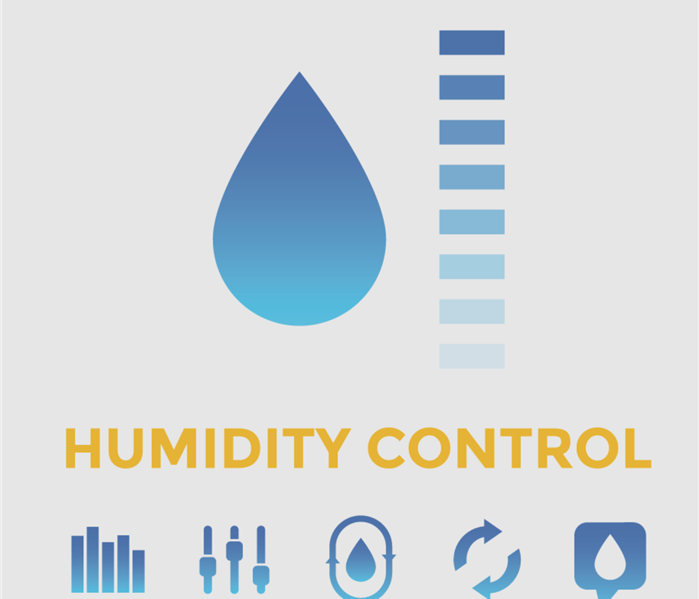How To Prevent Mold Damage in Your Commercial Building
1/26/2021 (Permalink)
Mold Prevention Tips
Whether you own a large commercial building or a small store, you do not want mold to spread unabated throughout your Buckingham, PA, property. Mold growth can occur anywhere, including
- Above ceiling tiles
- Inside walls
- Around pipes
If an infestation occurs, you may have to temporarily close your building while experts perform mold cleanup and remediation. This shutdown could cost you a lot of money. Luckily, there are some simple ways to avoid extensive mold problems. Since the fungus thrives in wet areas, most mold prevention tips involve limiting water damage.
Addressing Water Issues
Start by surveying your property for signs of leaks. Plug those leaks immediately before they cause further harm.
You may also want to waterproof parts of your property. This could be expensive, but a mold infestation would be even more costly.
Pay special attention to sections of your building that are prone to flooding. If a flood does occur, have the water removed within a day or two.
Reducing Moisture
Mold does not only spread following major water damage. Even everyday moisture can encourage the growth of this harmful fungus. If your property uses stoves or dryers that create moisture, make sure those appliances are vented properly. You may also want to run an exhaust fan or open a window when these items are in use.
Indoor humidity is another common cause of mold growth. The humidity level inside your building should be no more than 60 percent. Use a moisture meter to monitor the humidity within the property.
Condensation is often a sign of excess humidity. Any drops of moisture on pipes or windows should thus be dried immediately.
To prevent mold in your building, you should reduce the excess moisture throughout your property. You should also clean up any water damage immediately. While the above tips will not completely eradicate the mold inside your building, they should prevent the fungus from becoming a major issue.





 24/7 Emergency Service
24/7 Emergency Service
